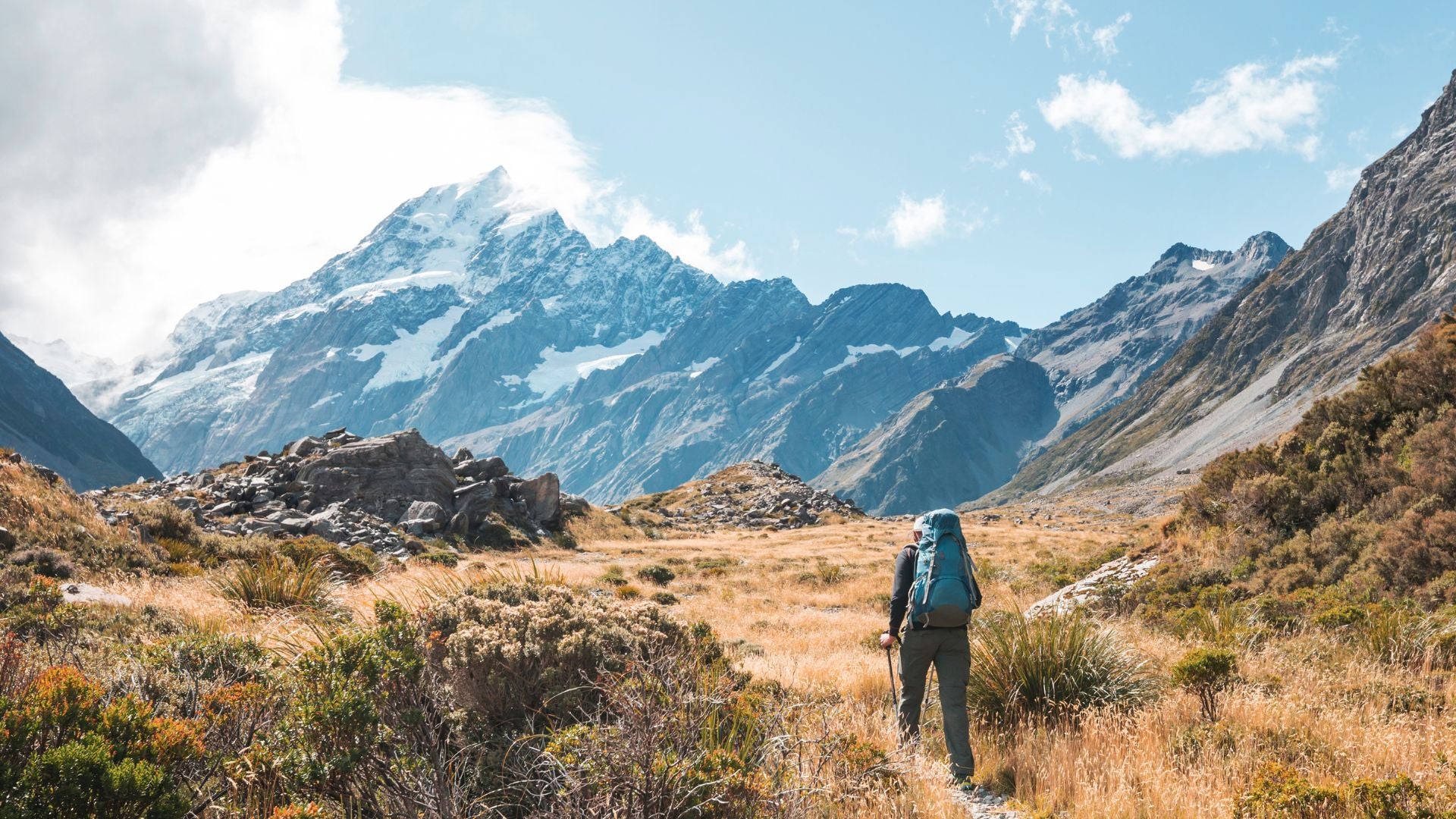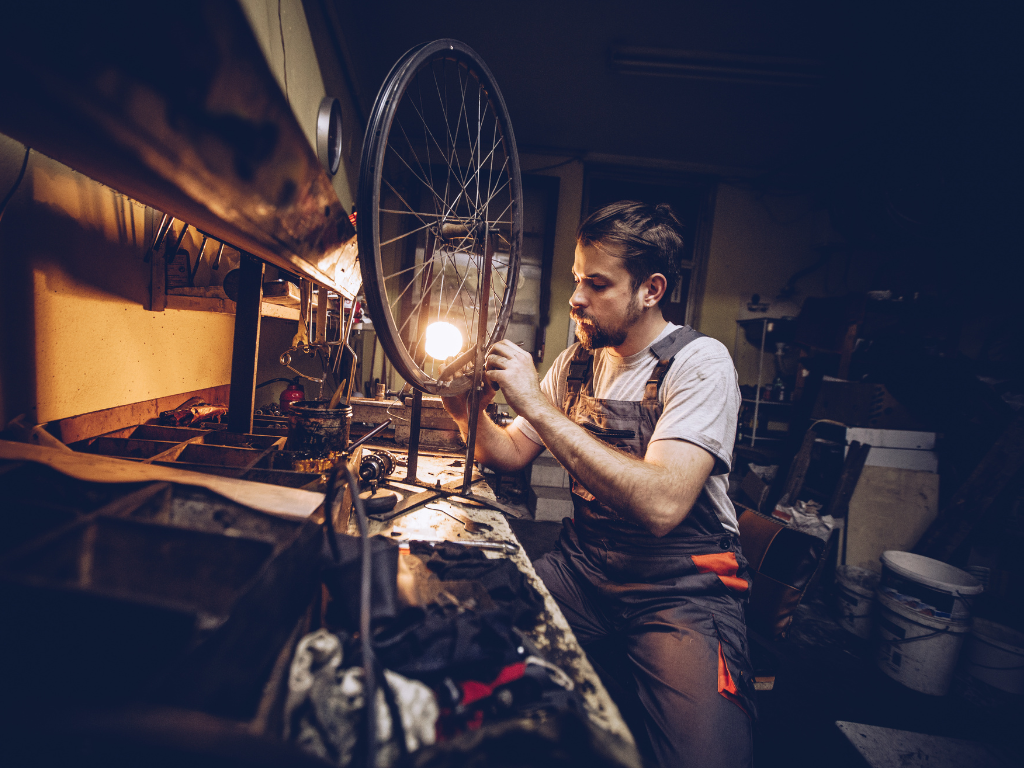
An Introduction To Gravel Bikes
Gravel bikes are the latest bikes to arrive at Outside Sports – in both our sales and rentals departments at Queenstown, Wanaka, Te Anau, and Tekapo.
Because they’re new, a lot of people aren’t quite sure where they fit into the scheme of things, or if a gravel bike is for them. Let's take a look at what makes a bike a 'gravel bike.'

What Is A Gravel Bike?
A gravel bike is a drop-bar bike designed to handle a range of different surfaces, from earth tracks to roads, and everything in between. They differ from standard road bikes in that they tend to have a more relaxed setup – you sit more upright, the tyres are usually wider with more tread, and you’ll have lower gear ratios to help off-road. Some gravel bikes look more like road bikes, while others are more at the MTB end of the spectrum. Choosing the right gravel bike depends on the type of riding you want to do.
The beauty of a gravel bike is that they let you be creative with your riding routes by linking up gravel roads, forest tracks, mountain trails, and of course normal roads. Gravel bikes also make a great companion on a bikepacking adventure.

Gravel Bike Frames
The most common frames are aluminium and carbon, but you can also get traditional steel and titanium.
Gravel bike frame geometry is designed to be stable and comfortable off-road, with a longer wheelbase and slacker angles for the frame and forks, a longer head tube and shorter reach.
You’ll also notice up to 50mm of tyre clearance and bigger tyres than road bikes. The extra volume lets you run lower pressures for comfort and traction on uneven surfaces.

Tyres
Gravel bikes usually run tubeless tyres on 700c wheels. How much tread you need depends on where you’ll be riding and the season. Dry summer trails only need a light tread, while muddy winter tracks require a more aggressive tread and side lugs for grip and traction. The trade off with more tread is higher rolling resistance. For very rough gravel roads, like you find a lot in New Zealand, a wider tyre is the way to go to provide you with enough volume to float safely over ruts and larger stones.
Brakes
Disc brakes are pretty much universal on gravel bikes, because they give you effective stopping power in any conditions and leave room for wide tyres. Depending on the price level they’ll either be mechanical or hydraulic.
Gearing
Off-road you need lower gears than a road bike for tackling steep climbs and tricky terrain, especially if you're bike packing and are up loaded with camping gear. Like on MTBs single-ring group sets are the most popular set up.

Bike Packing Compatibility
Gravel bikes often come with mounting points for accessories like water bottle cages, mudguards, and panniers. With their versatility gravel bikes can be an excellent choice for bike packing, especially for covering long distances on prepared tracks and trails.
Handlebars, Dropper Posts, and Suspension
Gravel bike bars feature a shallow from so you don’t have to reach too far down, and a flare on the drops for extra stability and improving handling and control on rough surfaces, especially gnarly descents. A gravel dropper is a great idea if you’re doing a lot of steep and technical descending. Suspension is finding its way onto gravel bikes too, with lightweight suspension forks and flexible, shock absorbing zones built into the frame.
Outside Sports have new gravel bikes ready to go at our Queenstown and Wanaka bike stores. Renting a bike from us for a day or two is a smart way to see if a gravel bike will suit you.
When you're ready to buy we have the awesome new Scott Speedster and Scott Solace eRide.



